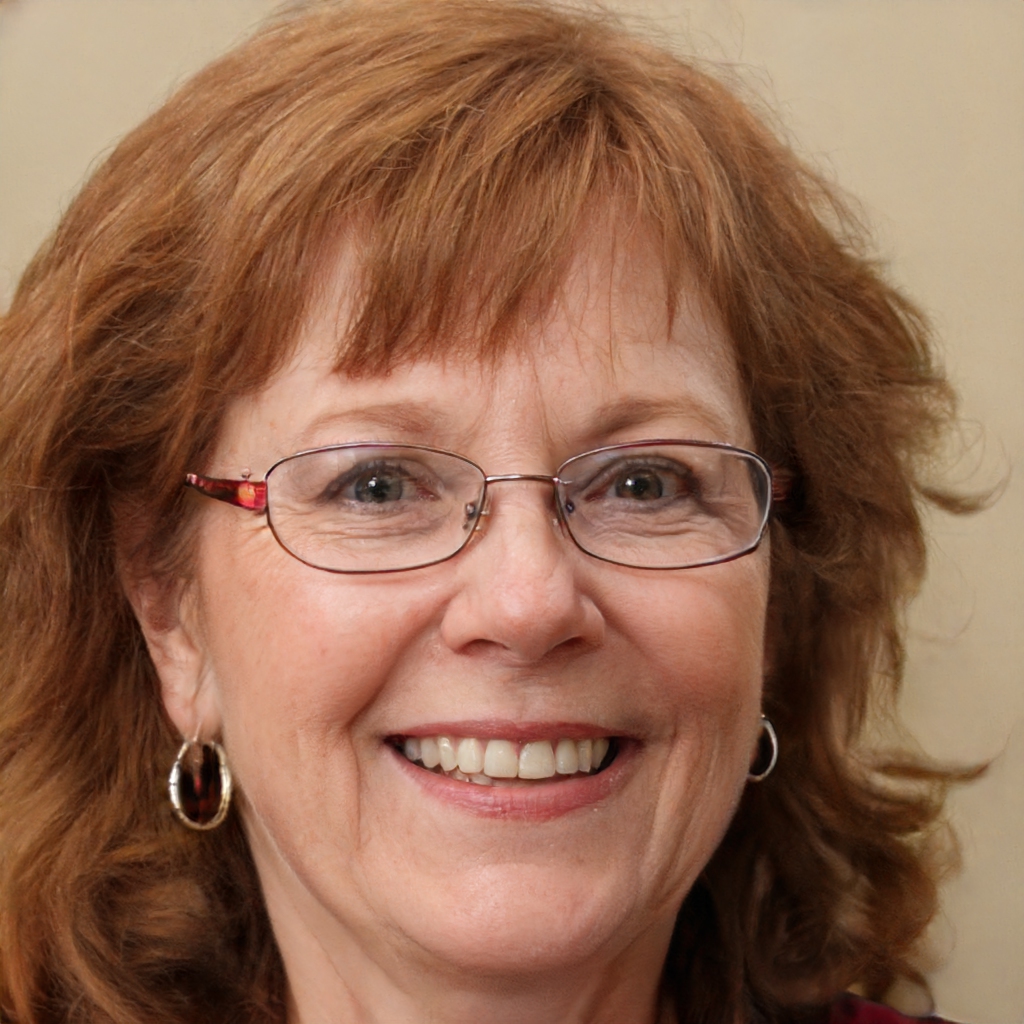A wind farm is a group of wind turbines in the same location used to produce electricity. A wind farm can be located onshore, near the shore, or offshore.
What is the purpose of wind farms?
Wind farms are used to generate electricity from the wind. The wind turbines convert the kinetic energy of the wind into mechanical energy, which is then used to generate electricity. The electricity is then fed into the grid, where it can be used by consumers.
How much does a farmer get for a wind turbine? The answer to this question depends on a number of factors, including the size and location of the wind turbine, the farmer's land rights, the local market for electricity, and the terms of the power purchase agreement between the farmer and the utility company. In general, however, a farmer can expect to receive a few thousand dollars per year in lease payments for a single turbine, plus a percentage of the electricity produced by the turbine.
What is the difference between a wind turbine and a wind farm?
Wind turbines and wind farms are both systems that generate electricity from the wind. However, there are some key differences between the two.
Wind turbines are standalone devices that each generate a relatively small amount of power. Wind farms, on the other hand, are composed of many turbines that work together to generate a larger amount of power.
Another difference is that wind turbines are typically used to generate power for a single site, such as a home or business. Wind farms, on the other hand, are used to generate power for a larger area, such as a city or region.
Finally, wind turbines are typically owned and operated by a single entity. Wind farms, on the other hand, are often owned and operated by multiple entities.
What are 3 disadvantages of wind energy?
1. One of the key disadvantages of wind energy is its intermittency – it can't be relied upon to provide a constant, reliable source of energy. This can pose a challenge for energy grid operators, who must be able to manage fluctuations in supply and demand.
2. Wind energy is also geographically constrained – it can only be generated in locations where there is enough wind. This means that it isn't a viable option for many parts of the world.
3. Finally, wind energy is relatively expensive – it is still a relatively new technology and thus hasn't yet reached the economies of scale that would make it more affordable. Who pays for wind farms? Wind farms are typically paid for by a combination of government subsidies and private investment. The subsidies help to offset the cost of the initial investment, while the private investment provides the capital needed to build and operate the wind farm.
